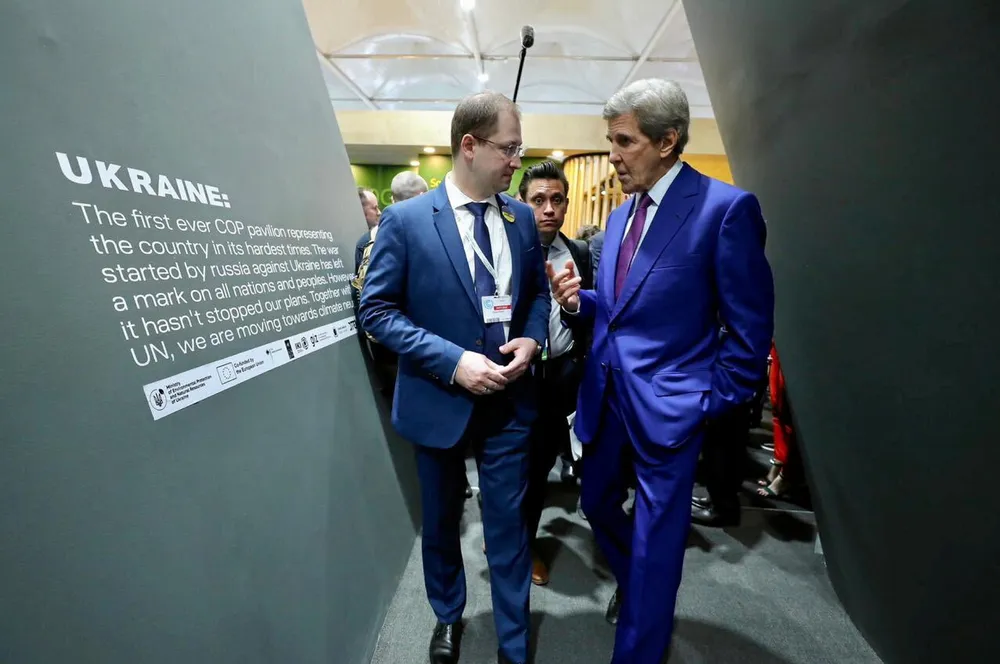US and Ukraine to build nuclear hydrogen pilot project in war-torn country to help improve food security
A small modular reactor will be paired with solid-oxide electrolysers, it was announced at COP27

A small modular reactor will be paired with solid-oxide electrolysers, it was announced at COP27
